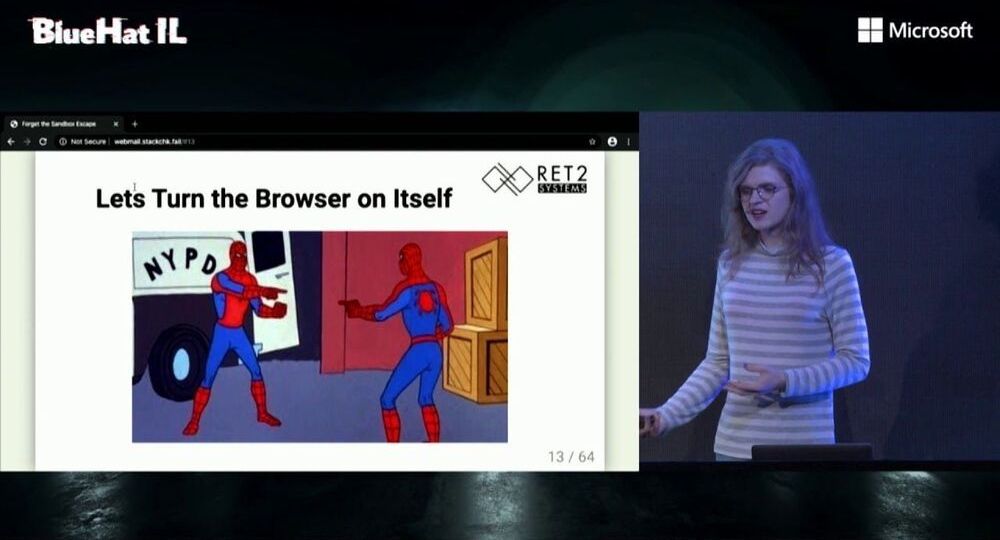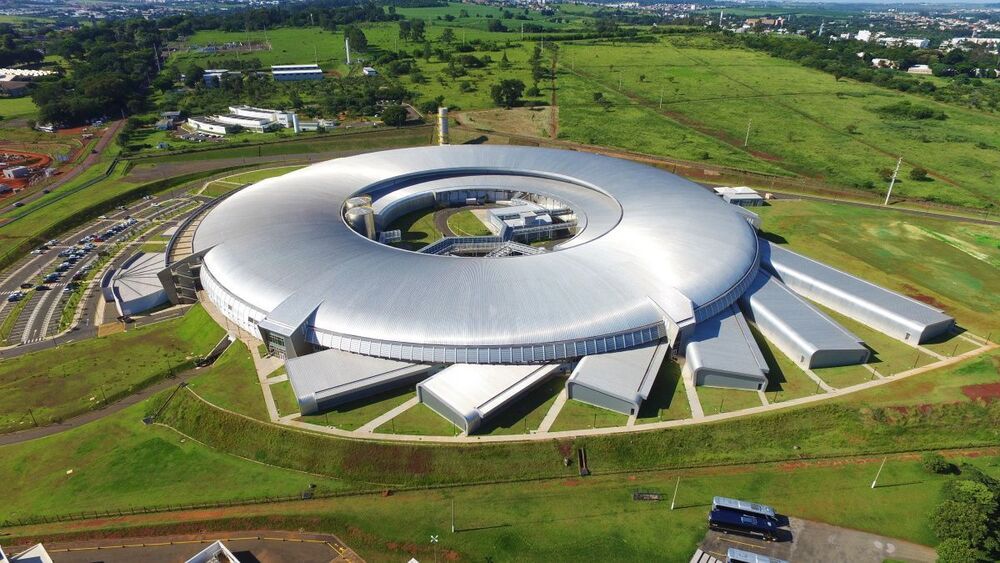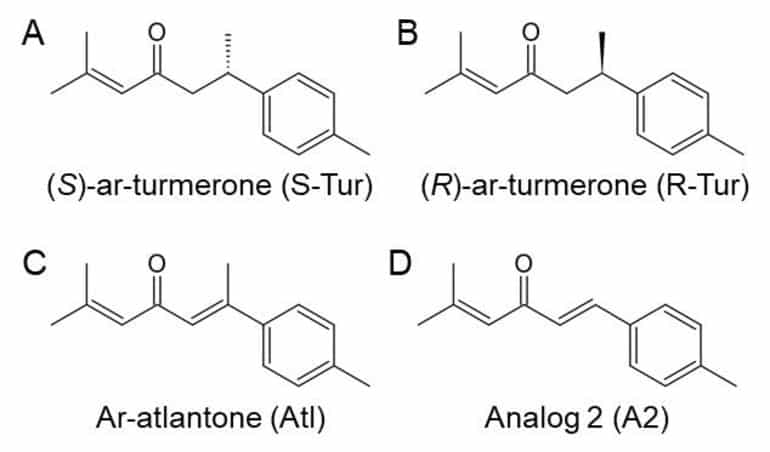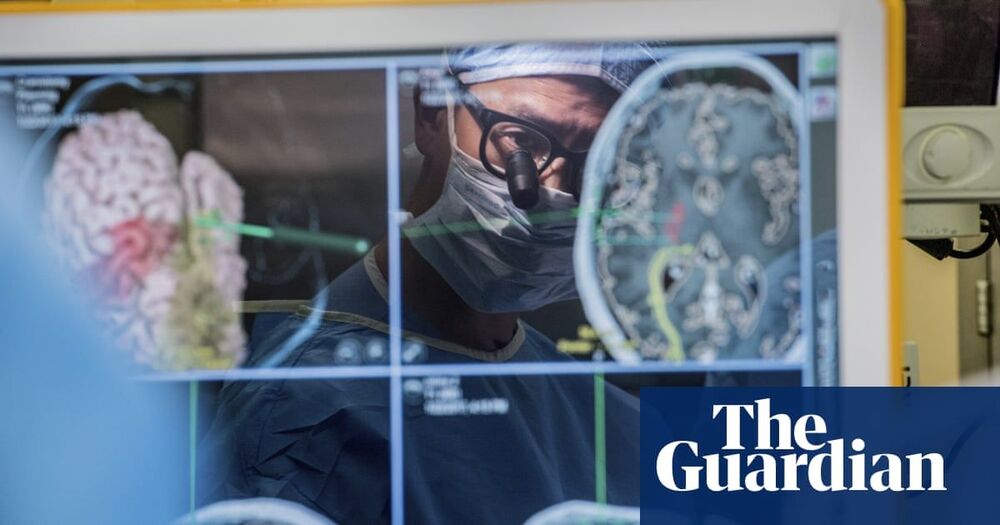Page 5254
Jul 15, 2021
Talking about Hawking, Brazil’s new synchrotron light source
Posted by Genevieve Klien in category: futurism
In this podcast we chat about a new biography of Stephen Hawking and catch up with the director of Latin America’s only synchrotron light source.
Jul 15, 2021
Newly-Discovered ‘Borg’ DNA Is Unlike Anything Scientists Have Ever Seen
Posted by Jason Blain in categories: biotech/medical, genetics
That said, the Borgs do clearly contain metabolic genes, which might be able to boost the energy metabolisms of Methanoperedens that host them. If so, these unique genetic elements could provide new insights into reducing methane emissions, which is a major aim for climate change mitigation plans.
These ‘Borg’ elements assimilated genes from other organisms, and could be used to help fight climate change.
Jul 15, 2021
Compound Derived From Turmeric Essential Oil Has Neuroprotective Properties
Posted by Jason Blain in categories: biotech/medical, neuroscience
Summary: Aromatic turmerone, a compound derived from turmeric essential oil, and its derivatives directly affect dopamine neurons to generate neuroprotective properties in tissue culture models of Parkinson’s disease.
Source: Kumamoto University.
Researchers from Kumamoto University, Japan have found that a component derived from turmeric essential oil, aromatic turmerone (ar-turmerone), and its derivatives act directly on dopaminergic nerves to create a neuroprotective effect on tissue cultures of a Parkinson’s disease model.
Jul 15, 2021
Paralyzed man’s brain waves turned into sentences on computer in medical first
Posted by Jason Blain in categories: biotech/medical, computing, neuroscience
In a medical first, researchers harnessed the brainwaves of a paralyzed man unable to speak and turned what he intended to say into sentences on a computer screen.
Study marks important step toward restoring more natural communication for people who can’t talk.
Jul 15, 2021
Mini-Brain Study Shows How Environmental Risk Factors Can Amplify Genetic Risks for Autism
Posted by Jason Blain in categories: biotech/medical, genetics, health, neuroscience
Summary: Using human stem cells to develop a brain organoid model, researchers were able to show exposure to a common pesticide synergizes with an autism-linked gene mutation. The study provides clear evidence that genetics and environment may combine to disrupt neurodevelopment.
Source: Johns Hopkins University.
Researchers at Johns Hopkins Bloomberg School of Public Health have shown in a brain organoid study that exposure to a common pesticide synergizes with a frequent autism-linked gene mutation.
Jul 15, 2021
Researchers Create New CRISPR Genetic Tools to Help Contain Mosquito Disease Transmission
Posted by Jason Blain in categories: bioengineering, biotech/medical, genetics

University of California San Diego scientists have now developed several genetic editing tools that help pave the way to an eventual gene drive designed to stop Culex mosquitoes from spreading disease. Gene drives are designed to spread modified genes, in this case those that disable the ability to transmit pathogens, throughout the targeted wild population.
Genetics toolkit targets less researched Culex mosquitoes, which transmit West Nile virus and avian malaria.
Jul 15, 2021
Replicating how plants move
Posted by Jose Ruben Rodriguez Fuentes in categories: biotech/medical, cyborgs, robotics/AI

Once studied by Charles Darwin, the Venus flytrap is perhaps the most famous plant that moves at high speed. But as Daniel Rayneau-Kirkhope explains, researchers are still unearthing new scientific insights into plant motion, which could lead to novel, bio-inspired robotic structures.
“In the absence of any other proof,” Isaac Newton is once said to have proclaimed, “the thumb alone would convince me of God’s existence.” With 29 bones, 123 ligaments and 34 muscles pulling the strings, the human hand is indeed a feat of nature’s engineering. It lets us write, touch, hold, feel and interact in exquisite detail with the world around us.
Jul 15, 2021
Lifespan Extension In Drosophila: A Conversation with Dr. Michael Rose (full, unedited video)
Posted by Mike Lustgarten in categories: life extension, robotics/AI
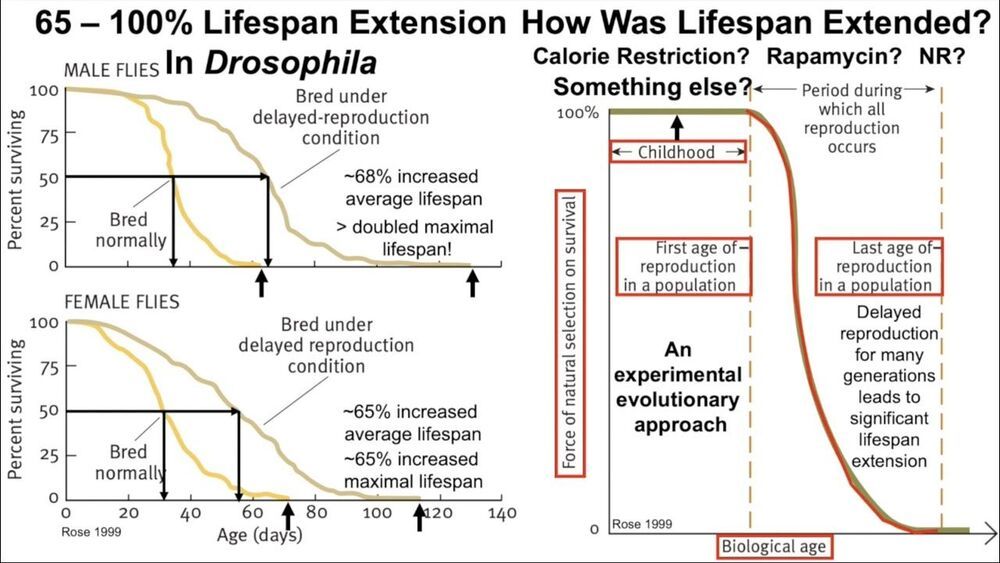
Timestamps:
0:00 How the Rose lab more than doubled the lifespan of Drosophila.
17:20 Use of machine learning (ML) and multi-‘omics to characterize aging, and use of ML to develop interventions.
37:04 Adherence to an ancestral diet in Drosophila extends healthspan relative to their evolutionary recent diet.
40:35 The importance of measuring objective markers of health to determine if one’s diet is best for them.
44:04 Does aging stop, and use of biomarker testing to help decipher/optimize that.
53:33 The importance of characterizing aging for both Drosophila and its co-associated microbiome.
1:00:35 Why a massive, wide-scale, Manhattan-project approach for increasing human lifespan is necessary.
Jul 15, 2021
Delaying Aging Would Bring Trillions of Dollars in Economic Gains, Study Finds
Posted by Faith Jones in categories: economics, life extension
Now researchers have used US economic, health, and demographic data to put a price on just how valuable such an intervention could be. In a paper in Nature Aging, they showed that treatments that slow down aging could be worth US$38 trillion for every extra year of life they give people.
This isn’t the first time someone has tried to pin a number on the benefits of slowing aging. The authors reference a 2013 study in Health Affairs, which estimated that a 2.2-year increase in life expectancy could be worth as much as $7.1 trillion over 50 years.
The new study uses a different methodology, though, known as value of statistical life. This is the measure used by various US agencies and represents how much people would be willing to pay to reduce their risk of dying. It incorporates concepts like health, consumption, and leisure, and therefore measures not just quantity but quality of life.
